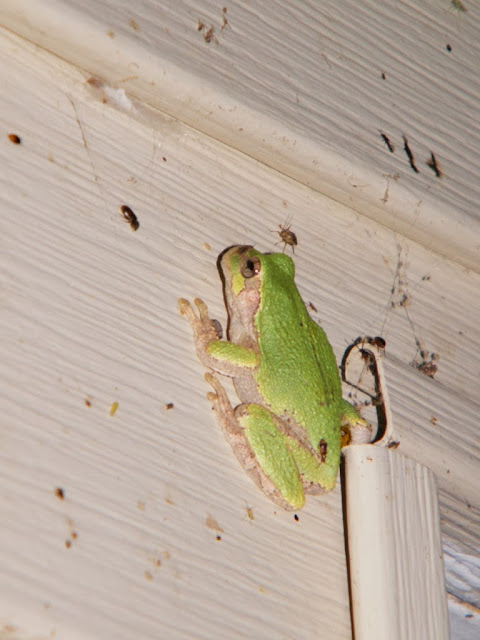Note the slim silhouette, the dropped waists, and short hemlines. Narrow sashes, pleats, and buttons were in. I love the embroidery and details using Chenille or glass and bugle beads. You can see the emerging Art Deco influence in the embroidery. The models all have bobbed hair. Mary Jane shoes with straps abound.
The silk mignonette dress on the right features five rows of fringe and was available in black, platinum grey or brown for $10.88. The "petal bottom" hem of the center dress was a new fashion. The silk embroidered dress could be had for $10.98. Steel colored bugle beads ornate the silk Georgette dress with picoted ruffled sleeve son the left, available in grey, tan or navy for $9.68.
Three suits for the modern young woman of 1921. The left has silk embroidery and a "Directoire" style turnover collar and came in dark brown, navy or reindeer for $24.98. The middle suite with a high choke collar has silk embroidery. For $19.98 it came in Navy blue or black. The right suite has a Beaverette, or sheered coney, collar with a stylish choker collar and embroidery ornamenting the wide lapped folds on the coat bottom. It came in Reindeer or Havana Brown for $33.98
Adorable sweaters and tam hats, with shawl or caplet collars, self-belted, and pocketed.
"House and street dresses" costs started at $1.46. Most were in gingham or plaid, with chambray in the foreground, and seem a cross between a robe and a dress.
Hats! Still a fashion must-have item. Feathers and pleats and ruffles galore!
The functional boot involved a lat of lacing.
Corsets were still worn under the looser dresses. Or you could choose ladies long johns!
I do love these coats! The left coat has a Beaverette collar. The middle coat was inspired by the popularity of the knitted cape, but was a brushed wool. The coat on the right in a napped velour featured braided trim and a tassel finish.
Bobbed hair beauties primping for a night on the town? Description for the left dress reads "Note the smart becoming lines given by the tinsel embroidery on the long graceful collar." Available in taupe, plum or black for $14.98. Middle dress "is one of our handsomest models" with a lavish use of bugle and glass bead embroidery, available in Midnight Blue and Seal brown for $18.48. Right hand dress has ribbon loops down sides of the skirt in front and back, with a draped waist and elbow sleeves with ribbon trimming. It was in silk satin in black, in midnight blue or mocha brown at $14.98.
Being a collector of handkerchiefs, I enjoy seeing what was being sold in 1921. More embroidery, of course, but also some drawn work, but nearly always white. In the center left you see the one women's print choice for 59 cents each. For 28 cents men's print handkerchiefs are found at center left bottom.
Perhaps I will add some more fashions in the future.

























































